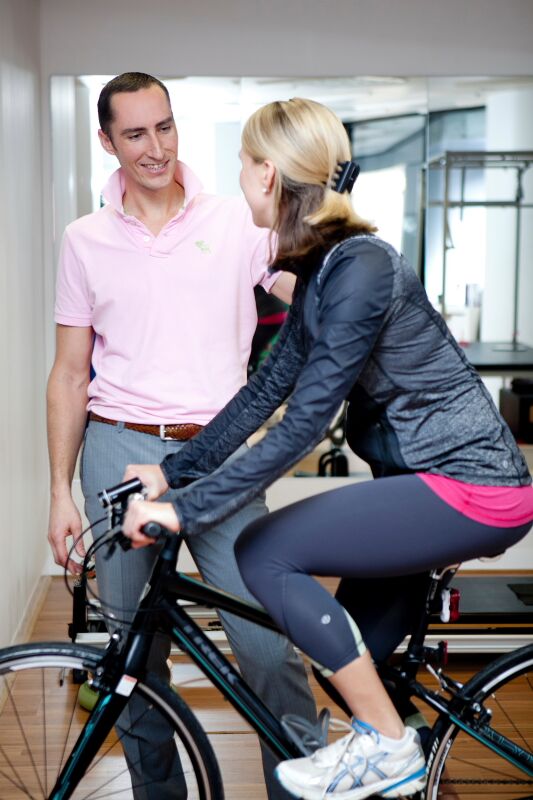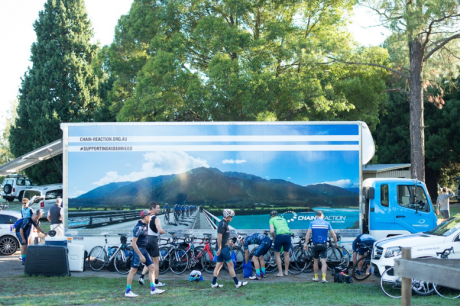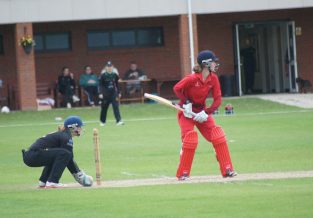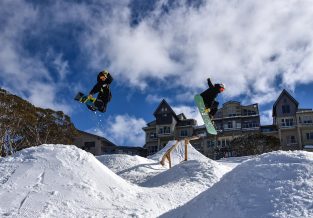Cycling Assessments and Bike Fits: Part 2
Published on
25 Jan 2018

Call us on: (03) 9975 4133
In our first Cycling Assessments and Bike Fits post, Lisa touched on the number one reason that cyclists present to Pure Physio with their bike: injury. In this second and final part, we'll take a look at the second most likely reason that people bring their bikes in to the clinic, which is performance.
Read Lisa’s first post here.
Part Two: Performance
Whether you enjoy the social aspect of riding your bike with friends, commuting to and from work or race criteriums (laps of a closed circuit), cycling is now one of the most common sports that Melbournians are involved in. People are happy to spend thousands of dollars on the lightest and most rigid frames, the best components and the fastest wheels. However, there is something far more cost effective that we can all be doing to give us big advantages on the bike, whether you want to beat your mate into Black Rock or win the St Kilda criterium on the weekend.
The theory goes that the best training for cycling is cycling, the best training for running is running and so on and to a point – this is true. However, we now know that optimising biomechanics for efficiency and power output is one of the best things that we can do to improve overall performance.

The main areas that we look at to optimise biomechanics on the bike is the stability and control of the trunk, pelvis, knees and ankles.
Although you might think that sitting with your bottom on a seat and your feet firmly positioned or attached onto your pedals would provide you with quite a stable base, there is a lot of muscular control that’s required to get the most out of your cycling performance. Muscles around the trunk, including the ‘core’ or deep abdominal muscles are key in ensuring that we aren’t leaning and moving around too much on the bike, as any energy lost in sideways movements isn’t going into the pedals to drive your bike forwards. Incorporating trunk strength and control exercises, ideally mimicking the position on the bike (i.e. leaning forwards from the hips), is an important aspect of any cyclist’s exercise program to ensure that as much of the power that you’re generating as possible is being put onto the road.
The next area that we commonly address with exercise is the pelvis. A common area of weakness, the stabilising muscles around the hips and pelvis are important in making sure that your hips don’t ‘rock’ side to side on the bike (a correct bike fit is also crucial in avoiding this). At each stage of the pedal stroke, one leg is doing something very different to the other and it’s the job of our glute muscles and other deep hip muscles to be able to control these independent movements. Weakness here will not only result in the pelvis dropping side to side as you pedal, but can have flow-on effects down to your knees, often causing patellofemoral (knee cap) pain issues and up into your back. Aside from preventing injury, again, any energy that is lost into that sideways movement isn’t helping you ride further, faster.
Pedalling technique is the final area that we can address in the clinic, which primarily involves the knee and ankle joints. Quite often, cyclists will present with pedalling techniques that involve a lot of medial to lateral (side to side) movement of the knees during the pedal stroke. Other than putting unnecessary strain through the patellofemoral joints, this also means that the muscles which primarily drive the pedal stroke aren’t working at their optimum length-tension to generate power. The other aspect of the pedal stroke that dictates how much power is being transferred to the pedals is the amount of movement of the ankle. Finding balance between mobility of the ankle joint to allow for a smooth pedal motion, and rigidity to transfer the force being generated by the leg muscles is important and are both factors that can be optimised by physiotherapist input.
And that’s it! Everyday cycling niggles are too often at the result of our base technique and setup – with these issues normally presenting quite a simple fix.
We’re here to help.
Book into the clinic to have a chat with Lisa about how you can enhance your cycling experience – whether it be cycling to your Sunday morning coffee or training for this years Herald Sun Tour!
Lisa is one of the rehab physios at our Collins Street clinic and is currently working as a physiotherapist for the Drapac EF Cycling team.


